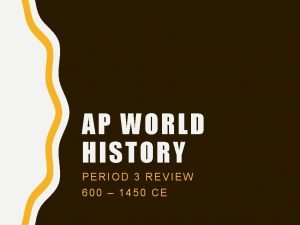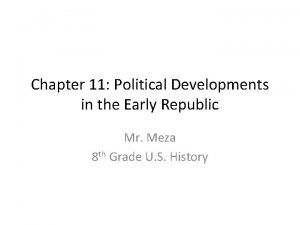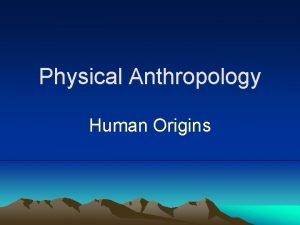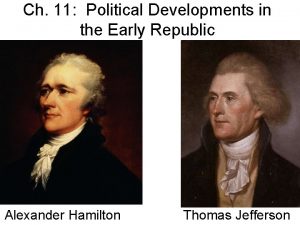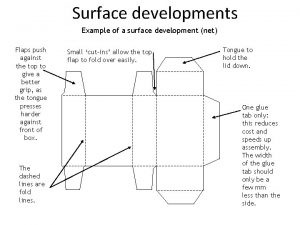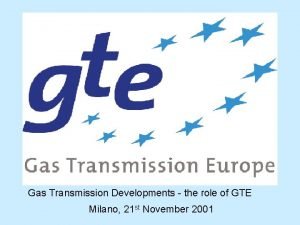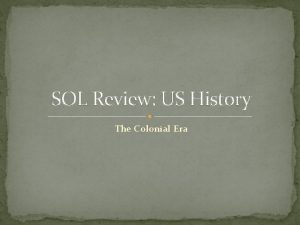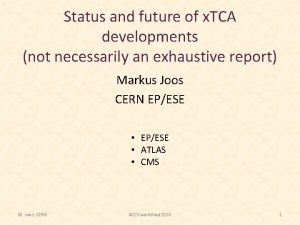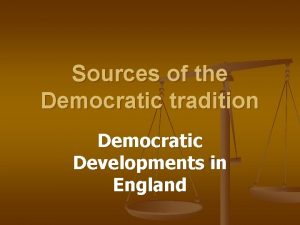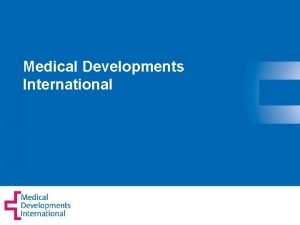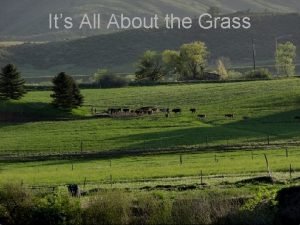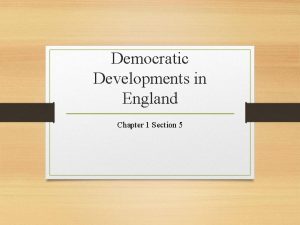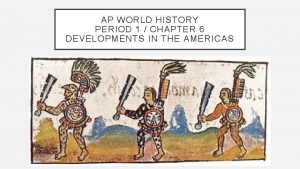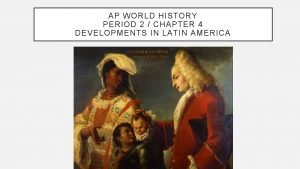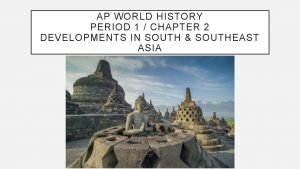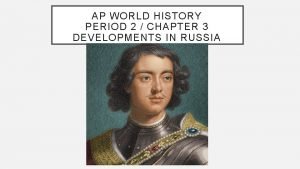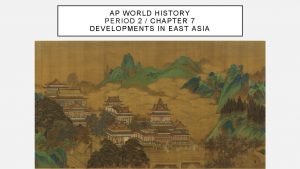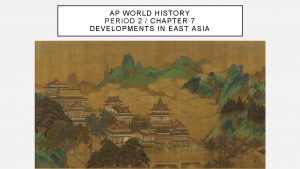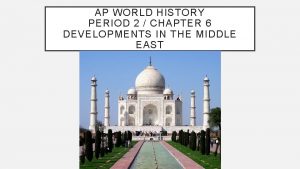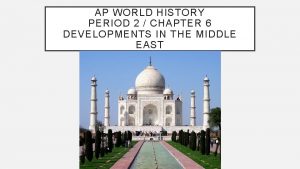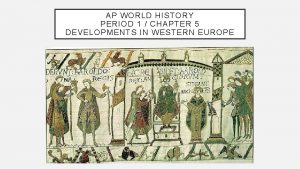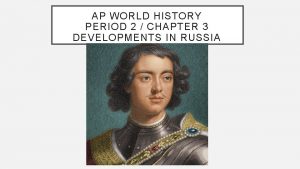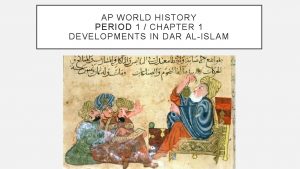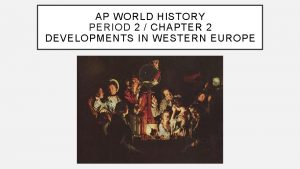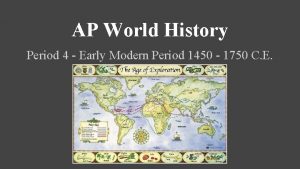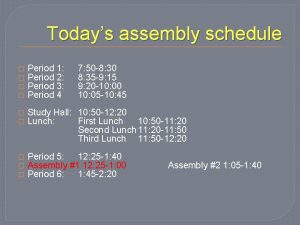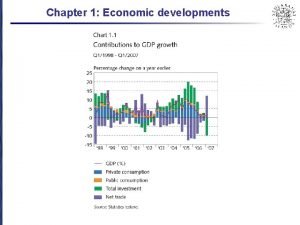AP WORLD HISTORY PERIOD 1 CHAPTER 9 DEVELOPMENTS































- Slides: 31

AP WORLD HISTORY PERIOD 1 / CHAPTER 9 DEVELOPMENTS IN CENTRAL ASIA

STEPPES OF CENTRAL ASIA • Mongols live in steppes § Grasslands/shrublands with few trees § Borders on the Gobi Desert and Siberian forest

PRE-MONGOL EURASIA (1200 CE)

MONGOL SOCIETY • Nomadic society § Migrate in search of grazing lands § Drove herds of goats and sheep § Ate meat and milk from herded animals § Traded hides and dairy products for jewelry, weapons and cloth • Mongol society divided into tribes § Tribes combined during war and when threatened

MONGOL FIGHTERS • Accomplished horsemen; excellent with short bows § Later, through contact with China: battering rams; cannons; catapult; flaming arrows; gunpowder • Cover large distances quickly • Yam System: Used relay stations and messengers to carry urgent messages • Warrior code: bravery • Used spies and informants to create maps of areas they were going to invade

QUICK REVIEW QUESTION • Describe Mongol society. • What were some of the innovations Mongols used to become elite fighters?

CHINGGIS KHAN • Chinggis/Ghengis Khan (Temujin) § Won reputation of being an excellent warrior, military leader, motivator, and visionary § Responsible for organizing Mongol tribes into large confederation by breaking individual tribe loyalties and demanding loyalty to himself § Recognized merit rather than status/position • 1206: Chinggis elected Khagan, leader of Mongol tribes

EARLY CAMPAIGNS • 1207: first military campaign leads to defeat of Xi Xia kingdom • Next, attacked Jin Empire § Difficult to overtake, but used captured Chinese to create Chinese weapons • 1219: Conquer Kara Khitai Empire and Khwarazm Empire • Mongols captured artisans and scholars, and killed or sold others into slavery. • Mongols were known for devastating towns they conquered. Kara Khitai Empire Khwarazm Empire

GROWTH OF MONGOL EMPIRE

THE MONGOL EMPIRE OF CHINGGIS KHAN • Established capital at Karakorum • Brings scholars from all across Empire to Karakorum • Mongols were open to new ideas • Highly interested in Greco-Islamic medical knowledge, mathematics, religion/philosophy • Mongols, like Muslims before them, helped preserve Greco-Roman knowledge • Religions and cultures tolerated by Mongols • Script devised for Mongolian language called Uyghur script • Mongol conquests brought peace to regions • Secure and monitor trade routes; tax traders and items • More interested in collecting tribute from territories

• Dangerous: tribal societies along the Silk Roads were drawn to its riches. • • Chinese rulers protect trade and travelers on Silk Roads Cities developed along the Silk Roads as trading posts and as rest stops for travelers Common goods: • • Many tribes became skilled at raiding traders. From Middle East: dates; saffron; pistachio; rugs; tapestries From Africa: frankincense; aloe; gold; salt; timber From India: sandalwood; jasmine; cloth/textiles From China: silk; porcelain; paper; tea Steel and iron were always desirable Transmission of art, language, and religion (Buddhism; Christianity; Islam, even Greco-Roman knowledge) New forms of credit and money emerged (largely from China) SILK ROADS

• Major trade cities (called caravanserai – inns where caravans of traders could rest): • • Kashgar Samarkand Aleppo Mosul Merv These caravanserai became sites of cultural diffusion and exchange Crops were exchanged as well as goods • • Bananas (S/SE Asia Africa) Champa rice (SE Asia SILK ROADS

DEATH OF CHINGGIS KHAN • 1226 CE- Khan took an army of 180, 000 to complete conquest of China and conquered Xi Xia • 1227: Chinggis Khan dies in battle • Chinggis Khan’s body was taken back to Karakorum for burial • Remaining land divided 4 ways: between 3 sons and grandson • Son Ogedei becomes Great Khan § Ogedei directed troops for more conquests Ogedei

QUICK REVIEW QUESTION • Why was Chinggis Khan a successful ruler? • What was the empire like with him as Khagan?

FOUR KHANATES • After Chinggis Khan’s death, the Mongol empire was divided into four khanates § Golden Horde § Djagatai Empire § Ilkhan Empire § Yuan Dynasty (Empire of Kubilai Khan)

#1 CENTRAL ASIA: CHAGATAI EMPIRE • Led by Chagatai Khan (son of Chinggis Khan) • Founded in 1225 and lasts until 1687, though is significantly weakened in 1360 s with Tamerlane conquers western half • Becomes increasingly decentralized to subkhanates

#2 RUSSIA: THE GOLDEN HORDE • Chinggis Khan’s grandson Batu led invasion of Russia (only successful winter invasion of Russia in history) • The eventual goal is to conquer all of Europe; never happens • Russia was divided into many little kingdoms and were unable to defend against invaders • From 1237 -1238 CE, Mongol forces invaded Russia, destroyed cities that resisted, and took many Russian cities (including Kiev) Batu establishes Golden Horde

MONGOL RULE IN THE GOLDEN HORDE • Religious toleration for Orthodox church • Increased Eurasian trade as Mongols act as trade conduit between Europe, Middle East and Asia § Honey, glassware, slaves, gunpowder, firearms, spies, gems, textiles, rugs • High Taxes on Peasants • As result, peasants give up own land crops to aristocracy in exchange for protection from Mongols (serfdom) • Conquest of Europe was interrupted by the death of khagan Ogedei and succession issues that resulted. • Russia was isolated from Western European influence (Renaissance); both commercial and cultural

A WEAKENING GOLDEN HORDE • Golden Horde did not occupy or run the Russian government • Tribute Empire: Mongols forced princes to pay taxes and tribute • Moscow’s role is to collect tribute: when territories cannot pay, Moscow princes take over that territory result: growth in strength of Moscow • As Moscow gets stronger, the Golden Horde declined • 1380 CE: Battle of Kulikova: Russians defeat Battle of Kulikova

QUICK REVIEW QUESTION • Describe Mongol society in the Golden Horde. What did the Mongols tolerate? • How did they collapse?

#3 MIDDLE EAST: ILKHAN EMPIRE • Hulegu, ruler of the Ilkhan Empire, captured Baghdad in 1258 CE and killed Abbasid caliph. • Mongols defeated by Mamluks of Egypt in 1260 CE; halts expansion of Mongols into North Africa § Hulegu was forced to reconsider his plan to conquer the entire Muslim world § Hulegu’s cousin, Berke, new khan of Golden Horde, converted to Islam

MONGOL RULE IN THE ILKHAN • • • Used local lords to administer taxes and census-taking Tolerant of scholars/artisans Assimilated Middle Eastern outlooks and some convert to Islam Mongol khans extracted taxes and tributes Reinvigorate Eurasian trade

#4 CHINA: YUAN DYNASTY • Mongols conquered the Xi Xia and Jin Empires, turned next toward the Song Dynasty • Kubilai Khan (grandson) led forces against Song beginning in 1235 • 1271: Mongols rule most of China • 1279: establishes Yuan Dynasty • Built capital at Tatu (present day Beijing)

SOCIETY IN YUAN CHINA • Kubilai passed many laws to make distinction between Mongol and Chinese § Chinese forbidden to learn Mongol writing § Intermarriage between Mongols and Chinese outlawed • Mongol women did not practice Chinese customs and held more freedoms § Do not adopt footbinding; move about freely in public with no escort • Social standing in Yuan Dynasty (Mongols; Muslims and Asian nomads; Chinese) • Mongols do adopt Chinese clothing; art. Kubilai Khan

MONGOL RULE IN YUAN CHINA • Yuan Court welcomed foreigners (Marco Polo), and utilized expertise of scholars from many regions § Use foreigners (Marco Polo) or Mongols for bureaucrats • Chinese civil service exam was not used • Chinese were able to hold local/regional government positions • Religious tolerance practiced • Most Chinese thought Kubilai Khan was a barbarian and did not reconcile to Mongol rule • Developed a navy to expand to Japan; unsuccessful • Kubilai sought to reduce peasant tax, forced labor

MARCO POLO • Venetian merchant and traveler • Wrote about his travels to the Yuan Dynasty and Kubilai Khan • Helped Europeans learn more about Central Asia and China • His writings also had the effect of stimulating interest in East Asian trade • Returned with numerous items from China that stirred up great demand

MONGOL RULE IN YUAN CHINA • Essential imperial structure remains the same but is replaced with foreigners or Mongols • Increase in Eurasian trade (Silk Roads) • Merchants prospered and valued highly • Extract taxes from peasants

FALL OF YUAN CHINA • Song loyalists revolted and grew in the South • Mongol leaders lacked leadership and were plagued by corruption • Famine; peasant rebellions; rising taxes for peasants; forced labor • White Lotus Society: secret religious sect, dedicated to overthrowing Yuan government • 1398: Mongols retreat escaped to central Asia when overthrown by Ju Yuanzhang, a peasant who founds the Ming Dynasty

SIGNIFICANCE OF MONGOL EMPIRE • Largest land empire in history • Pax Mongolia (13 th – 14 th): peace and stability; easy communication and commerce • Facilitated Silk Road trade between Asia and Europe • Spread Bubonic Plague § Likely entered Mongol territories through rats that had plague-infested fleas on them. These rats fed off of Mongol horses’ feed. § Spreads along Silk Roads which Mongols have reinvigorated, and by the 14 th c. arrived in Middle East, North Africa, and Europe.

QUICK REVIEW QUESTION • Describe Mongol society in the Yuan Dynasty. • How were they different from other khanates?

SUMMATIVE GROUP ACTIVITY • Draw the ideal Mongol fighter. • What would he have that would make him effective? • What would he be doing that would make him effective? • How is the Mongol fighter different than European knights? 31
 Ap world history chapter 25 africa and the atlantic world
Ap world history chapter 25 africa and the atlantic world Apwh period 3
Apwh period 3 Ap world history period 2 test
Ap world history period 2 test Political developments in the early republic
Political developments in the early republic History world tour
History world tour Recent developments in ict
Recent developments in ict Recent developments in object detection
Recent developments in object detection Sahelanthropus tchadensis cultural development brainly
Sahelanthropus tchadensis cultural development brainly Peter rosenwald
Peter rosenwald Political developments in the early republic
Political developments in the early republic Huron creek developments reviews
Huron creek developments reviews Surface developments
Surface developments Transmission developments
Transmission developments In the colonial era developments such as the new england
In the colonial era developments such as the new england Target developments
Target developments Different patterns of development in writing
Different patterns of development in writing Truncated cylinder development
Truncated cylinder development Asis atca
Asis atca Democratic developments in england
Democratic developments in england Ska developments
Ska developments Name of prism
Name of prism Medical developments international
Medical developments international Donmeg developments
Donmeg developments How did parliament emerged victorious in medieval england
How did parliament emerged victorious in medieval england Critical period vs sensitive period
Critical period vs sensitive period A&p flix activity: resting membrane potential
A&p flix activity: resting membrane potential When is the relative refractory period
When is the relative refractory period Critical period vs sensitive period
Critical period vs sensitive period Critical period vs sensitive period
Critical period vs sensitive period Critical period vs sensitive period
Critical period vs sensitive period 1750 music
1750 music 25 electrons, transition element
25 electrons, transition element

